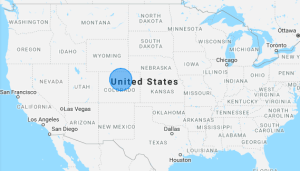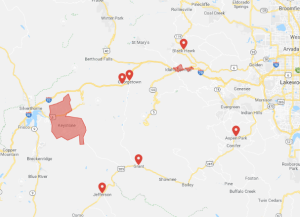Strategic targeting in a campaign can have many impactful benefits: increased site traffic, increased conversion rates, improved efficiency and higher return on investment. Monitoring bidding and conversion volume can only go so far to improve efficiency. Below we will discuss three targeting techniques and how they can play an integral role in increasing your return on investment.
1) DAYPARTING/AD SCHEDULING
The purpose of a dayparting analysis is not to see when the most conversions come in, but instead when your business is running at its highest and lowest efficiency. With this analysis, you can then implement ad scheduling. The goal of implementing bid multipliers (by day of week or time of day) is to increase the efficiency of your paid search program which will inherently increase return on investment. Keep in mind the difference between Google Analytics and Google ads regarding how conversions are tracked: Google Ads associates the conversion to the click that led to that conversion, whereas Google Analytics records the conversion when the conversion occurs. This is an important dynamic to keep in mind when determining which data set to analyze.
The example below was a dayparting analysis for time of day that was conducted for one of our clients. Time of day analyses can be done by grouping hours of the day together to get time periods (e.g. morning, afternoon, etc.) rather than breaking the day out by 24 hours, where hour-to-hour fluctuations tend to be relatively random in nature. From this analysis, we were able to determine that mornings generated leads 17% more efficiently than the rest of the day. Late evenings generated leads 48% less efficiently than the rest of the day. With these insights we were able to implement bid multipliers to take advantage of the morning efficiency and improve the current inefficiency during the late evenings.
2) LOCATION TARGETING
Location targeting is extremely effective at not only targeting your ideal audience, but also excluding locations outside of your target audience. People have different behaviors and tendencies depending on where they are located, which is why understanding the intricacies of this targeting type can be crucial when narrowing your audience.
One of our clients in the travel space is the leading seller of attraction packages. Because their products are specific to certain locations around the world, location targeting proved to be pivotal to not only decrease inefficient spend, but to learn more about the tendencies of consumers interacting with their brand. For this client, we set up location targeting as “in-market” and “out-of-market” campaigns. The in-market campaigns target a radius around the city while the out-of-market campaigns targeted the rest of the country. Through this type of targeting, we were able to determine that out-of-market consumers (mostly tourists) converted more efficiently and at a higher rate than in-market consumers (a mixture of tourists and locals). People who are already in the desired location are less likely to purchase a multi-day attraction pass. Due to this type of targeting, we were able to shift budget and focus on out-of-market campaigns and keep efficiency high.
Another client of ours was able to dramatically increase efficiency through advanced targeting. They were aware of another company with an extremely similar brand name, off by just one letter. We were able to determine where the other company had sales offices and conduct an analysis of the traffic from those cities in our own account. The results showed a vast opportunity: the cities with sales offices had traffic spikes with extremely inefficient performance. Consumers were typing in the wrong company name and clicking on our PPC ads, driving cost up while not converting. Through advanced targeting, we were able to exclude these cities which brought our cost down and increase efficiency as well as ROI.
Below are examples of radius targeting surrounding a city as well as exclusion targeting to block traffic from multiple cities.
3) DEMOGRAPHIC TARGETING
Demographic targeting allows you to pursue consumers based on age, gender, household income, and more. Google gathers information to make demographic targeting possible in a few different ways: the settings in a consumer’s personal google account, 3rd party sites such as social networking, and browser cookies dropped by Google during a consumer’s web navigation. Due to the nature of this data, demographic targeting may not be 100% representative of your actual audience but is a great way to learn more about who is interacting with your brand. To properly utilize demographic targeting, it is best to set up an observational audience in Google Ads to get a sense of who is clicking on your ads and converting (or who is clicking on your ads and not converting). Depending on the size of your business, it is best to let this audience observe users anywhere from a few months to a few years in order to gather adequate and statistically significant information. It is imperative that you generate enough data and that your results are statistically significant to ensure you make the right account optimizations that are data driven. This data can either guide your demographic targeting or uncover expansion opportunities for your business. For example, you may think that your product is meant for 20- to 30-year-olds and position it as such, but the observational audience may tell you that many people 60+ are purchasing your product as well. With this data you could then create a new campaign with adjusted messaging targeting that 60+ audience through Google Ads demographic targeting. You may also add positive or negative bid multipliers to increase or decrease visibility of your ads to certain demographics.
These three targeting techniques have the potential to significantly increase ROI. This is done through narrowing in on your target audience, trimming unnecessary and excessive spend, and using the information already available to make better decisions.
If you are interested in learning more about optimizing your PPC program, please contact us by email at sales@synapsesem.com or by phone at 781-591-0752.




